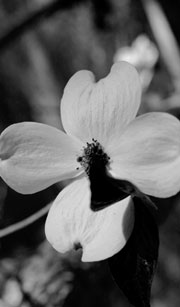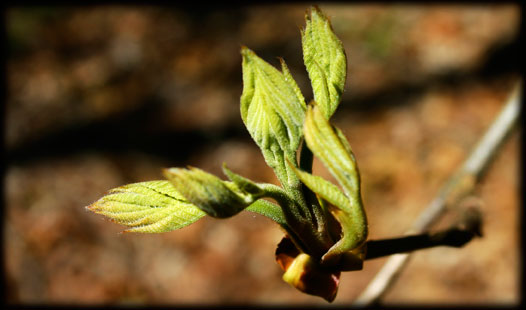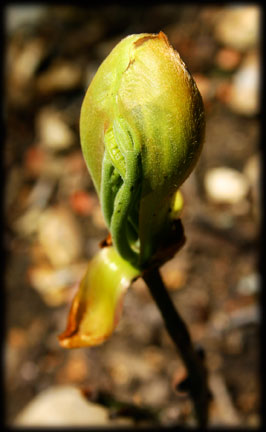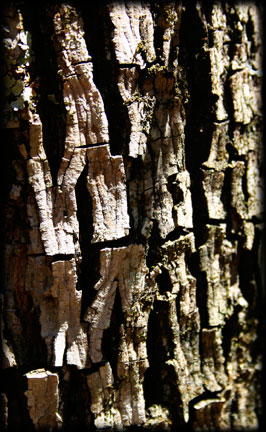 |
||
 |
||

 |
• HOME • GENERAL STORE • NATURAL HERITAGE • HISTORY, CULTURE & CRAFTSMANSHIP |
||||
|
Natural Heritage
• Trees & Shrubs of the Ozarks |
|||||
| Trees & Shrubs Index • Oak • Hickory • Walnut • Catalpa • Loblolly Pine • Red cedar • Elderberry • Sumac • Sassafras • Persimmon • Osage-orange • Mulberry • Witch Hazel • Sarvisberry • Dogwood • Redbud • Crape Myrtle • Mimosa Natural Heritage Index • Fishing • Hunting • Camping • Conservation • Bass Pro Blog • Hills & Hollows • Rivers & Lakes • Springs • Caves • Rocks & Fossils • Trees & Shrubs • Plants & Herbs • Hill Critters • Flyin' Critters • Water Critters • Snakes & Such • Forgotten Critters |
|||

Hickories have proven a beautiful — and deeply useful — tree species.
The wood is noted for its flexibility and strength. Its uses have ranged from axe handles to firewood (the wood burns clean and hot, by the way).
Several types of hickory produce exceptionally good-quality nuts and were a staple of both Native Americans and European settlers.
You can still find old recipes for hickory-nut cake on occasion.
And the bitternuts?
Those have always been good for fattening hogs turned into the timber to forage.
Included in the Carya genus are Shagbark Hickory (Carya ovata), Mockernut Hickory (Carya tomentosa), and the aptly named Bitternut Hickory (Carya cordiformis).
As with oak, considerable hybridization occurs between types, making precise identification difficult at times.
Also, the Pecan (Carya illinoensis) is a member of the hickory family.
All are native to North America.
_______
Shagbark Hickory (Carya ovata)
Size:70 to 80 feet tall.
What to look for: leaves compound, with 5 elliptical, finely toothed leaflets (upper 3 are much larger than lower 2); bark with long, loose strips curving away from trunk; fruits nearly round, green, with thick, woody husk and thin-shelled nut.
Habitat: moist bottomlands to upland slopes.
— page 302, Wernett, Susan J., et al. North American Wildlife. The Reader's Digest Association, Inc., 1986.
_______
Carya sp. photo plates
All photo credits: J. Heston SOTO © Archive. 01/13/08


May 13, 2009